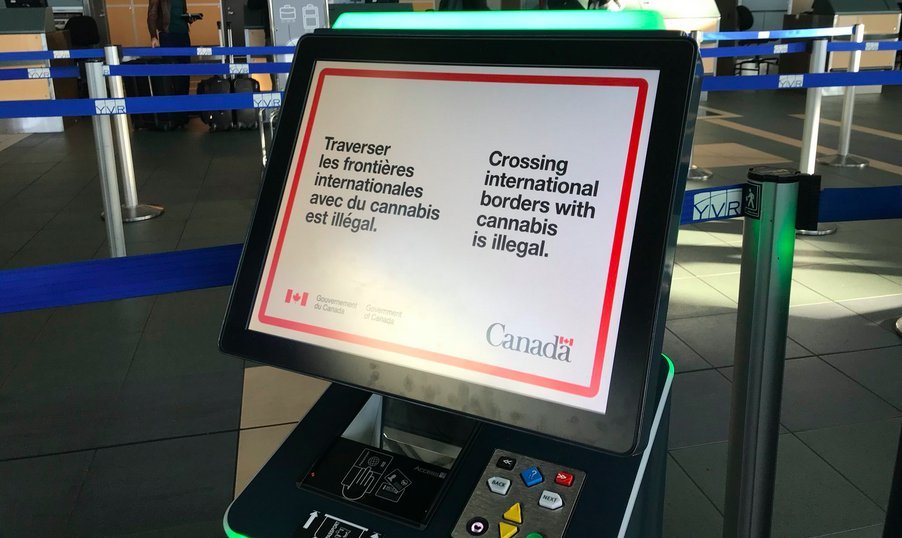DENVER — Long before tourists started converging here to sample freshly legalized marijuana in the form of gummy bears and chocolate brownies, thousands of Coloradans were cultivating the medicinal plants for their own consumption and to share with ailing friends.
Now that the Trump administration is pledging to closely monitor states where the federally outlawed substance has been legalized, regulators here, and in Oregon and Washington, are trying to tame what has proven to be an unruly crop of home growers.
The biggest concern is that outsized home growers may be selling their produce across state lines.
The biggest concern is that outsized home growers may be selling their produce across state lines.
In all three states, homegrown medical marijuana was decriminalized at least a decade before the legalization of medical and recreational marijuana sales. The relatively loose rules governing homegrown medical marijuana are now considered at odds with highly regulated commercial markets for medicinal and recreational products.
For regulators and enforcers, the scale of some home growing operations has been a problem for years. Under antiquated rules, growers could cultivate hundreds of marijuana plants in one residence, depending on how many certified marijuana patients designated them as their grower. And while some states kept a database of medical marijuana users, little information was collected on the growers that served them.
In the late 1990s and early 2000s, Alaska, California, Colorado, Oregon and Washington legalized homegrown marijuana for medical purposes, allowing people to either grow it themselves or buy it at cost from a caretaker or co-op.
With the state’s blessing, patients either smoked marijuana or ingested extracts of the plant to relieve the nausea associated with cancer treatment, to calm involuntary muscular spasms, and to treat inflammation, seizures, nervous system disorders, glaucoma and chronic pain, among many other ailments.
When it was the only medical marijuana available, states were reluctant to limit home growers’ crop yields. And regulators deferred to doctors in allowing whatever quantity of the drug was deemed necessary for medical purposes.
The only limits on production were the ones home growers placed on themselves, because they feared federal mandatory minimum sentences for having a hundred or more plants.
credit:huffingtonpost.com













